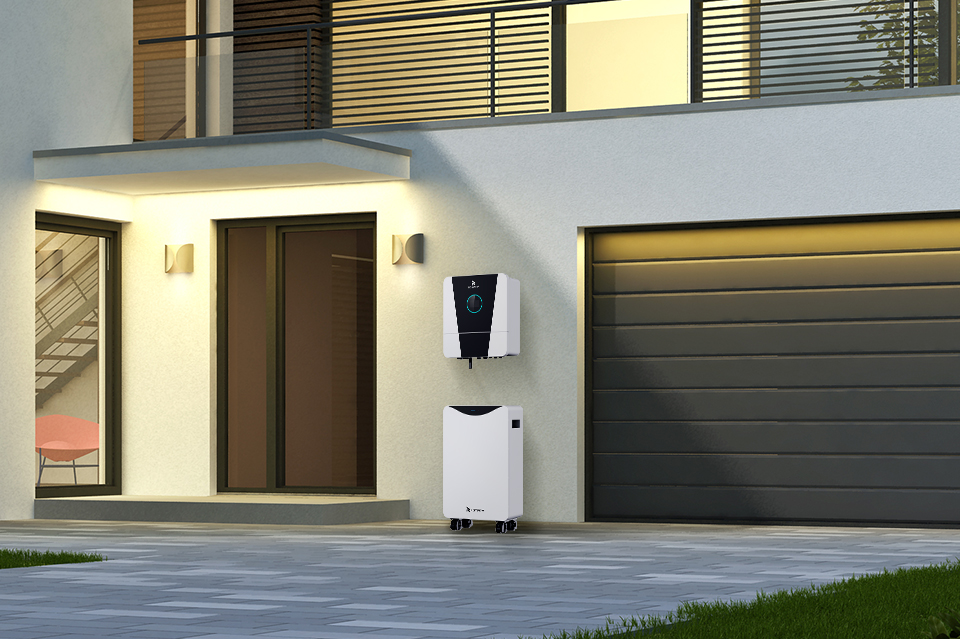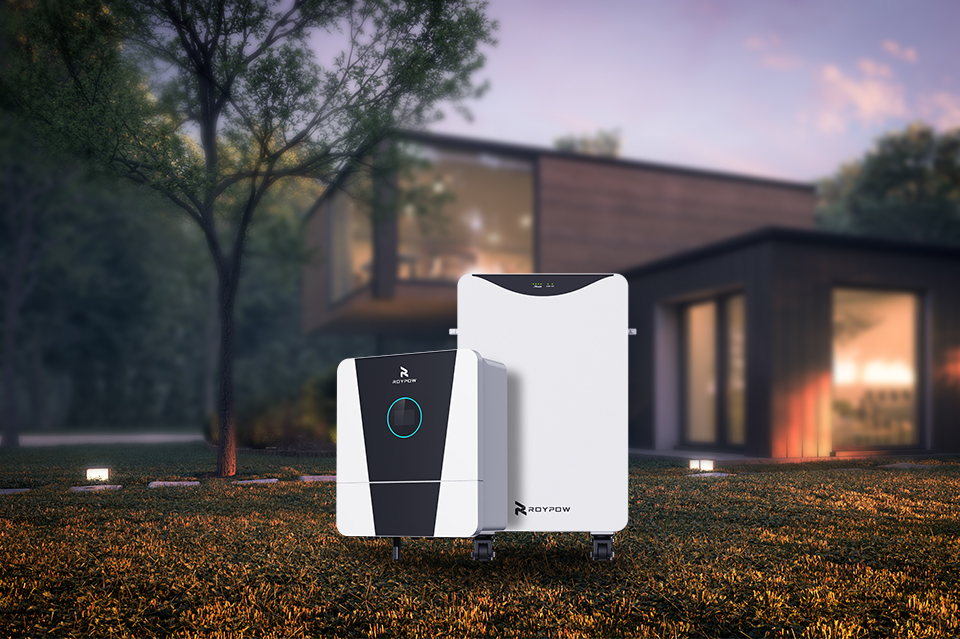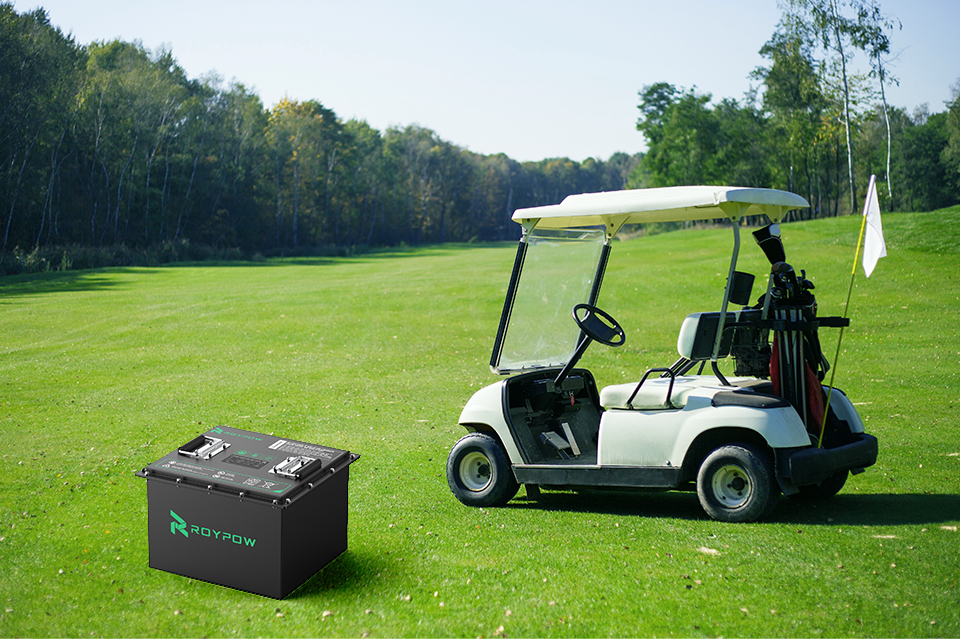In modern energy solutions, solar off-grid systems are becoming the choice for more and more households and businesses, granting users complete energy autonomy and freeing them from the limitations and fluctuations of the public grid. The battery functions as the essential core that maintains stable operation while providing an uninterrupted power supply.
This article will discuss the key technical parameters of off-grid batteries and explain why LiFePO4 units currently represent the best batteries for off-grid solar systems.
Key Performance Indicators of Off-Grid Solar Batteries
When selecting an off-grid battery, it is insufficient to look at a single parameter. A complete assessment of these essential core metrics needs to be performed.
1. Safety
Safety is the primary consideration. LiFePO4 solar batteries are renowned for their exceptional thermal and chemical stability, repelling thermal runaway better than most lithium-ion models.
With a much higher thermal runaway onset temperature—typically around 250°C compared to about 150–200 °C for NCM and NCA batteries—they offer far greater resistance to overheating and combustion. Their stable olivine structure prevents oxygen release even under high temperatures, further minimizing the risk of fire or explosion. In addition, LiFePO₄ batteries maintain structural integrity during charge and discharge cycles—no structural changes below 400℃—ensuring long-term reliability and peace of mind in demanding environments. Furthermore, pack builders might certify with IEC 62619 and UL 9540A to contain propagation.
2. Deep Discharge Capacity(DoD)
In terms of DoD, LiFePO4 solar batteries showcase an obvious advantage, which can achieve a stable DoD of 80%-95% without harm. The DoD of lead-acid batteries is usually limited to 50% to prevent permanent capacity degradation due to plate sulfation.
Consequently, a10kWh energy storage system using LiFePO4 technology can provide 8-9.5kWh of usable energy, while a lead-acid system can only provide approximately 5kWh.
3. Lifespan and Cycle Capacity
The cost of LiFePO4 technology investment will generate returns through an extended product lifespan. The lead-acid ones usually experience a rapid decline in performance after only 300-500 cycles of heavy use.
But LiFePO4 batteries offer a deep cycle life exceeding 6,000 cycles (at over 80% DoD). Even with one charge-discharge cycle per day, they can operate stably for up to 15 years.
4. Energy Density
Energy density defines how much energy a battery can store for a given volume or weight. The energy density of LiFePO4 solar batteries is much higher. For the same capacity, they have a smaller size and lighter weight, really saving installation space and simplifying transportation.
5. Charging Efficiency
The round-trip efficiency of a LiFePO4 solar battery is 92-97%. Lead-acid batteries are far less efficient, with round-trip efficiencies around 70-85%. For every 10 kWh of solar energy captured, lead-acid systems turn 15-25% of solar energy into heat waste. And the loss of the LFP battery is only 0.3-0.8 kWh.
6. Maintenance Requirements
For flooded lead-acid batteries, maintenance covers the periodic checks of electrolyte levels and terminal corrosion prevention.
LiFePO4 solar batteries are truly maintenance-free, which does not require a scheduled water supply or terminal cleaning, or equalization charge maintenance.
7. Initial Cost vs. Lifecycle Cost
The upfront cost of LiFePO4 batteries is indeed higher. The LiFePO4 off-grid PV system demonstrates better total cost of ownership. They can maintain longer operational life and require minimal maintenance while achieving maximum energy efficiency. The long-term results of these investments lead to higher total value delivery.
8. Wide Temperature Range
Lead-acid batteries experience performance degradation when they run in cold temperature environments. LiFePO4 solar batteries have a broader operating temperature range from -20°C to 60°C.
9. Environmental Friendliness and Sustainability
LiFePO4 solar batteries include no heavy metals like lead, which are harmful to the environment and require specialized and complicated recycling methods. The electrolyte used in lead-acid batteries is sulfuric acid, which is corrosive and can cause severe burns. Spills or leaks can acidify soil and water, harming plants and aquatic life.
How Many LiFePO4 Solar Batteries Do You Need
Determining battery capacity is a crucial step in off-grid solar system design. Let’s walk through an example to see how it’s done:
(1) Assumptions:
l Daily Energy Consumption: 5 kWh
l Days of Autonomy: 2 days
l Battery Usable DoD: 90% (0.9)
l System Efficiency: 95% (0.95)
l System Voltage: 48V
l Single Battery Chosen: 5.12 kWh ROYPOW LiFePO4 Solar Battery
(2) Calculation Process:
l Total Storage Requirement = 5 kWh/day × 2 days = 10 kWh
l Total Battery Bank Capacity = 10 kWh ÷ 0.9 ÷ 0.95 ≈ 11.7 kWh
l Number of Batteries = 11.7 kWh ÷ 5.12 kWh = 2.28 batteries
Conclusion: Since batteries cannot be purchased individually, you need 3 of these batteries, which also deliver a generous safety margin beyond your initial 10 kWh requirement.
Other Considerations When Choosing LiFeO4 Solar Battery
ü System Compatibility: Match the off-grid battery voltage to your inverter/charger, and use a controller with an LFP charge profile. Don’t charge below 0 °C, as well as check the battery’s max charge and discharge current against your inverter size.
ü Future Scalability and Modular Design: Plan to add capacity with identical modules. Wire via busbars so that each string sees the same path length, and equalize voltages before paralleling to avoid imbalance. Follow the maker’s series and parallel limits.
ü Brand and Warranty: You ought to seek simple terms, such as years covered, cycle/energy throughput limits, and an end-of-warranty capacity. Beyond it, the brands that have safety certifications (IEC 62619 and UL 1973) and local service support should be preferred.
ROYPOW Lithium-iron Solar Batteries
Our ROYPOW lithium-iron solar batteries offer extended lifespan and flexible design options, and reduced operational expenses, which are the ideal solutions for remote cabins to off-grid solar systems for houses. Take our 11.7kWh Wall-Mounted Battery as an example:
- It runs on Grade A LiFePO4 cells, guaranteeing safe operation with high performance levels.
- Featuring more than 6,000 cycles, it keeps reliable performance for ten years.
- The battery allows users to connect up to 16 units in parallel for flexible power delivery.
- It’s compatible with the leading inverter brands to ensure a seamless energy support experience.
- It supports automatic DIP switch address configuration to streamline the setup.
- The battery supports real-time remote monitoring and OTA upgrades via the ROYPOW App.
- Backed by 10 years of warranty for peace of mind.
To perfectly adapt to different installation spaces and power requirements, we also offer 5kWh wall-mounted, 16kWh floor-standing, and 5kWh rack-mounted solar batteries for your off-grid system.
Ready to achieve true energy independence with ROYPOW? Reach out to our experts for a complimentary consultation.
Reference:
[1]. Available at:
https://batteryuniversity.com/article/bu-216-summary-table-of-lithium-based-batteries





















